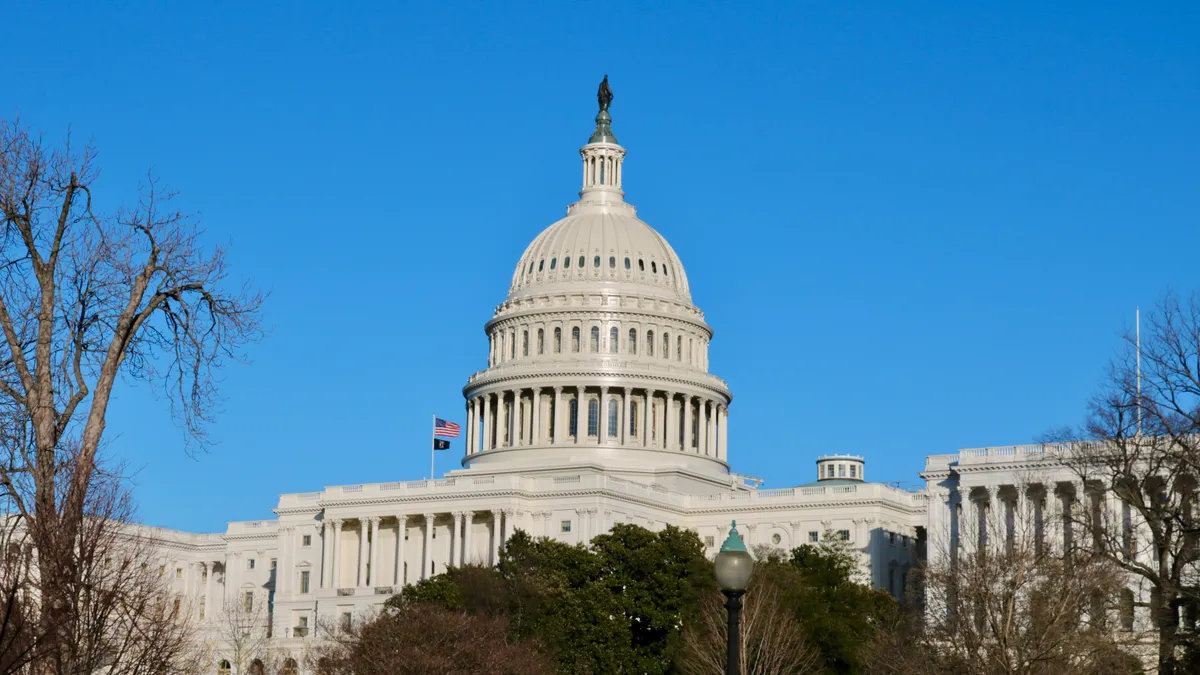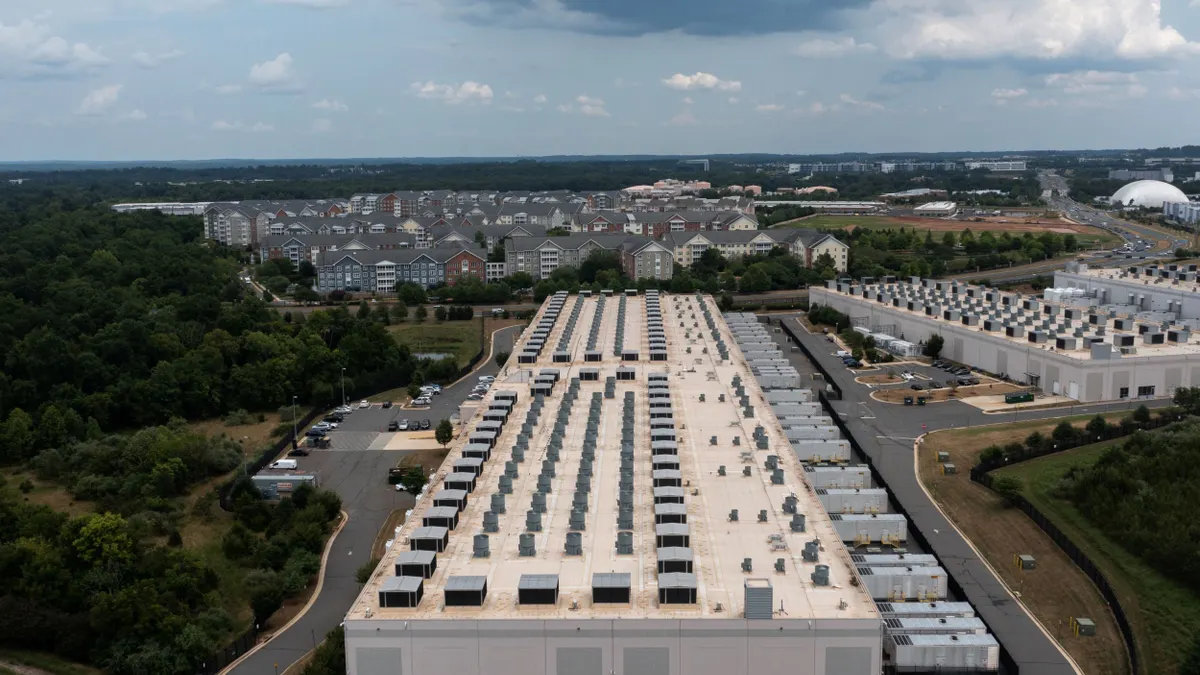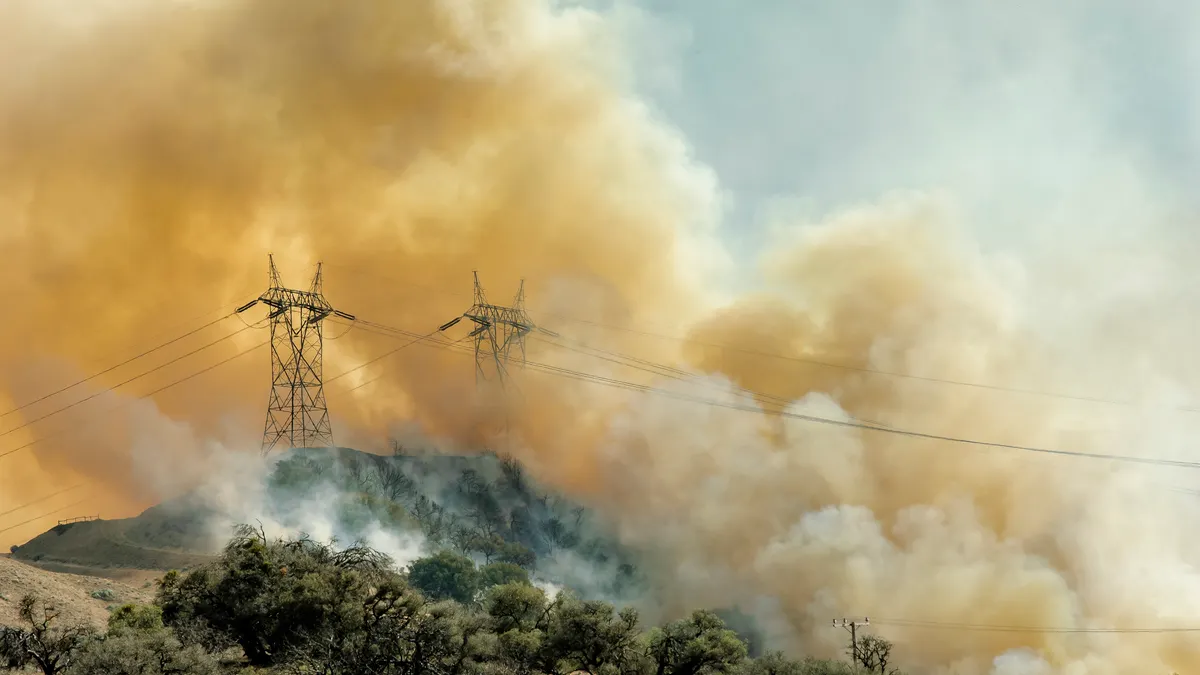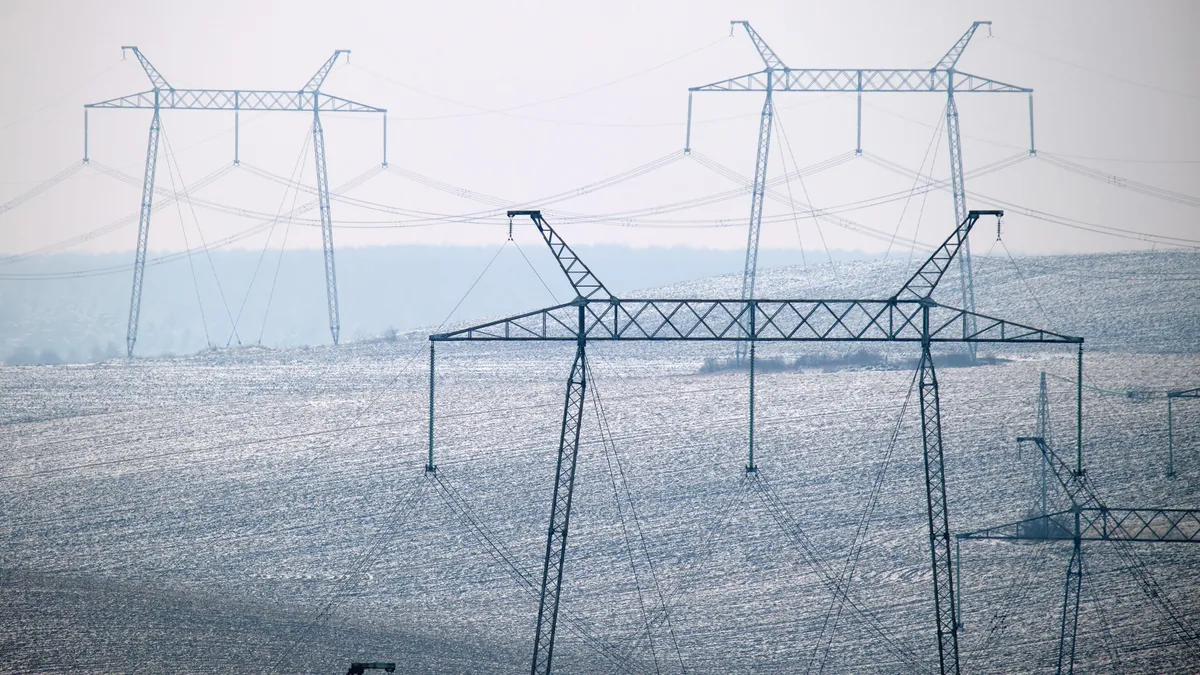The following is a contributed article by Tim Lieuwen, executive director of the Strategic Energy Institute, Georgia Tech; Adam Cohen, former deputy undersecretary for science and energy (DOE), president of Associated Universities; and Rich Simmons, research/studies director of the Strategic Energy Institute, Georgia Tech.
As the country readies to deploy massive and critically needed infrastructure spending, local, regional and national policymakers need access to better, more comprehensive and coordinated tools to make the best decisions for spending infrastructure funds. This will enable us to make the much-needed impact on climate change and reduce the damage that we can no longer ignore.
As the discussions of infrastructure planning and spending have wound through Washington, D.C. and the nation, we've seen the central theme that climate change has taken. States and regions have talked about build-out projects like electric vehicle charging systems, hydrogen as a fuel source, production pilots, transmission and building upgrades and dozens upon dozens more. Many of these projects are directly related to reducing carbon dioxide — a key factor in slowing climate change. If they aren't directly tied to it, the project's impact on carbon dioxide must be a part of the equation communities use to have impact for generations to come.
We must consider how local organizations can best utilize infrastructure funds to have maximal impact on the global challenge of climate change while also rebuilding energy infrastructure in an equitable way and stimulating jobs and economic development.
The challenge of climate change requires accounting for all outcomes throughout a truly global system — which requires us to up our game in terms of how to best build out infrastructure to maximize its climate impact. Today we see lots of examples of cities or states working within their spheres of influence — doing things like phasing out internal combustion engines, restricting natural gas in new buildings and aggressive development of new electricity transmission lines. These approaches may work when we are thinking short term or focusing on localized improvements. However, if not addressed with knowledge of how local changes interact with global systems, we certainly will have unintended consequences that will be broad and deep enough to substantially alter their intended impact.
Local policymakers and project developers must be educated on the global nature of the climate challenge and will increasingly require the right tools to guide project selection and development. Some such tools do exist. For example, Bill Gates created the organization Breakthrough Energy to help the world reach net-zero while ensuring there is still equal access to clean and affordable energy. Breakthrough Energy has rolled out an open-sourced model for some components of the energy system.
Similarly, large energy companies have developed sophisticated, but proprietary models for their own specific interests while many universities and research organizations have developed large-scale models with varying levels of reliability. However, these tools are certainly not generally available to a broader set of state and local decision makers and require significant expertise to understand and operate.
We argue that there is a clear federal role in making decision support in these areas more available and accessible. This role should not be to actually do this analysis, but serve more broadly as an enabler, or platform, for a range of stakeholders to understand and model the increasingly integrated energy system — and the truly globally integrated nature required to address the climate challenge, as well as the optimum use of these infrastructure funds to achieve their goals. The natural organization to lead this is the Department of Energy (DOE).
Infrastructure spending is intricately intertwined with climate change. The DOE is the logical entity that has the expertise, accessibility and infrastructure to house and manage the tools needed for decision makers to plan spending that will lead the nation and world to the best outcomes. The DOE could develop and support modeling platforms that can be broadly used, and within DOE, this energy systems platform can be managed by a steering group comprising representatives from the DOE, the national labs, companies and academia. It could be "owned" by a reimagined Energy Information Administration (EIA) that would become an "Energy Information and Models Administration." The added role of the agency would be to maintain models that can inform decision-making and is analogous to the role that EIA already plays in enabling broad-based decision support for a diverse set of stakeholders.
The bottom line is that even as our country looks towards a significant injection of infrastructure funds — what has proved to be a once-in-a-generation opportunity — we must be certain that communities and project developers have access to and use tools that guide the best outcomes. We know that we have limited time to change the course of climate change and with the infrastructure funding, we now have the opportunity to control the damage and give hope to humanity in our fight against climate change.



















